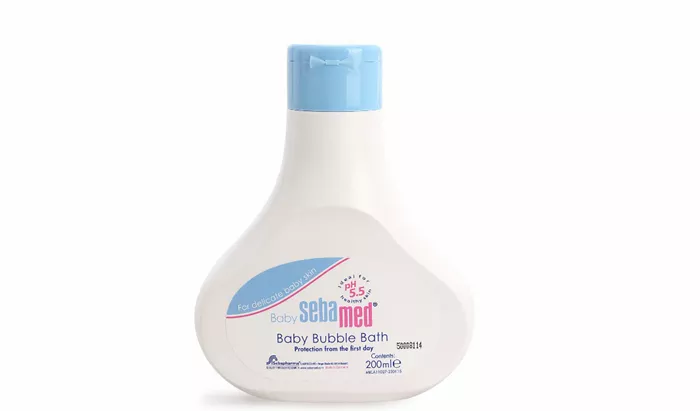Undergoing a hair transplant is a delicate process that requires meticulous aftercare to ensure optimal results. One of the most critical aspects of post-operative care is selecting the right shampoo to cleanse the scalp without causing irritation or damage to newly implanted grafts. Baby shampoo, known for its gentle formulation, is often recommended by surgeons. However, the duration of its use must be carefully considered to balance scalp hygiene and graft protection.This article explores the ideal timeframe for using baby shampoo after a hair transplant, factors influencing this duration, and alternative products for long-term maintenance.
Why Baby Shampoo Is Recommended Post-Transplant
Baby shampoo is a preferred choice in the initial phase of hair transplant recovery due to its mild, hypoallergenic properties. Unlike regular shampoos, it lacks harsh sulfates, fragrances, and chemicals that could irritate sensitive scalp tissue.The newly transplanted hair follicles are highly vulnerable during the first few weeks. Aggressive cleansing agents may dislodge grafts or cause inflammation, leading to poor graft survival. Baby shampoo’s pH-balanced formula ensures gentle cleansing while maintaining the scalp’s natural moisture barrier.Additionally, baby shampoo minimizes the risk of allergic reactions, making it suitable for patients with sensitive skin. Its tear-free properties further reduce discomfort during washing, which is crucial when the scalp is still healing.
Optimal Duration for Using Baby Shampoo
First Two Weeks
The initial two weeks post-surgery are the most critical for graft stabilization. During this period, patients must exclusively use baby shampoo to avoid any chemical irritation. The grafts are still anchoring themselves, and harsh detergents can weaken their hold. Washing should be done with extreme care, using lukewarm water and light fingertip pressure to prevent dislodging the grafts.
Weeks Three to Four
By the third week, the grafts are more secure, but the scalp may still be sensitive. Patients can continue using baby shampoo or begin incorporating a mild, sulfate-free adult shampoo if approved by their surgeon. This phase allows for a slow adjustment, ensuring the scalp does not react adversely to stronger formulations.
Beyond One Month
After four weeks, most patients can transition to a specialized post-transplant or medical-grade shampoo designed to promote hair growth. However, those with persistent dryness or irritation should continue using baby shampoo until the scalp fully normalizes.
Factors Influencing Shampoo Usage Duration
Individual Healing Rate
Every patient heals at a different pace. Those with slower recovery or sensitive skin may need to extend baby shampoo usage beyond the standard timeframe.
Surgeon’s Post-Op Instructions
Adhering to the surgeon’s specific guidelines is crucial. Some may recommend baby shampoo for a longer duration based on graft density or surgical technique.
Scalp Sensitivity and Irritation
If redness, itching, or flaking persists, continuing with baby shampoo helps prevent further irritation until the scalp fully recovers.
Alternatives to Baby Shampoo After Recovery
Once the scalp has healed, patients should switch to shampoos that support hair growth and thickness. Key alternatives include:
Sulfate-Free Shampoos
These cleansers avoid harsh detergents while effectively removing buildup, making them ideal for maintaining scalp health.
Keratin-Infused Shampoos
Formulated to strengthen hair, keratin shampoos help protect fragile new strands and reduce breakage.
Medicated Shampoos for Hair Growth
Ingredients like ketoconazole or biotin can enhance follicle health and accelerate growth in the months following the transplant.
Common Mistakes to Avoid
Switching Too Early
Prematurely using strong shampoos can disrupt healing and compromise graft survival. Patients must follow the recommended timeline.
Overwashing the Scalp
Excessive washing, even with baby shampoo, can strip natural oils and delay recovery. Limiting washes to every other day initially is advisable.
Using Hot Water
High temperatures can increase scalp sensitivity. Lukewarm water is the safest option during the healing phase.
Additional Considerations for Long-Term Hair Care
After transitioning from baby shampoo, patients should focus on maintaining a healthy scalp environment to support sustained hair growth. Incorporating a nourishing conditioner can help retain moisture, while avoiding excessive heat styling prevents unnecessary stress on new follicles. Regular scalp massages may improve blood circulation, further encouraging hair thickness.
Additionally, protecting the scalp from sun exposure with hats or UV-protectant sprays is crucial, as sunburn can damage delicate healing tissue. Patients should also monitor for signs of excessive shedding or irritation and consult their surgeon if concerns arise. A balanced diet rich in vitamins and proteins complements topical care, ensuring optimal conditions for strong, resilient hair growth in the long term.
Conclusion
Baby shampoo plays a vital role in the early stages of post-hair transplant care, offering gentle cleansing without risking graft damage. The ideal duration for its use typically spans the first two to four weeks, depending on individual healing progress and surgeon recommendations. Transitioning to specialized shampoos afterward ensures long-term hair health and growth.Patients must adhere to their surgeon’s aftercare instructions and avoid common pitfalls such as premature product changes or harsh washing techniques. By following these guidelines, individuals can maximize the success of their hair transplant and enjoy natural, lasting results.
Related Topics

